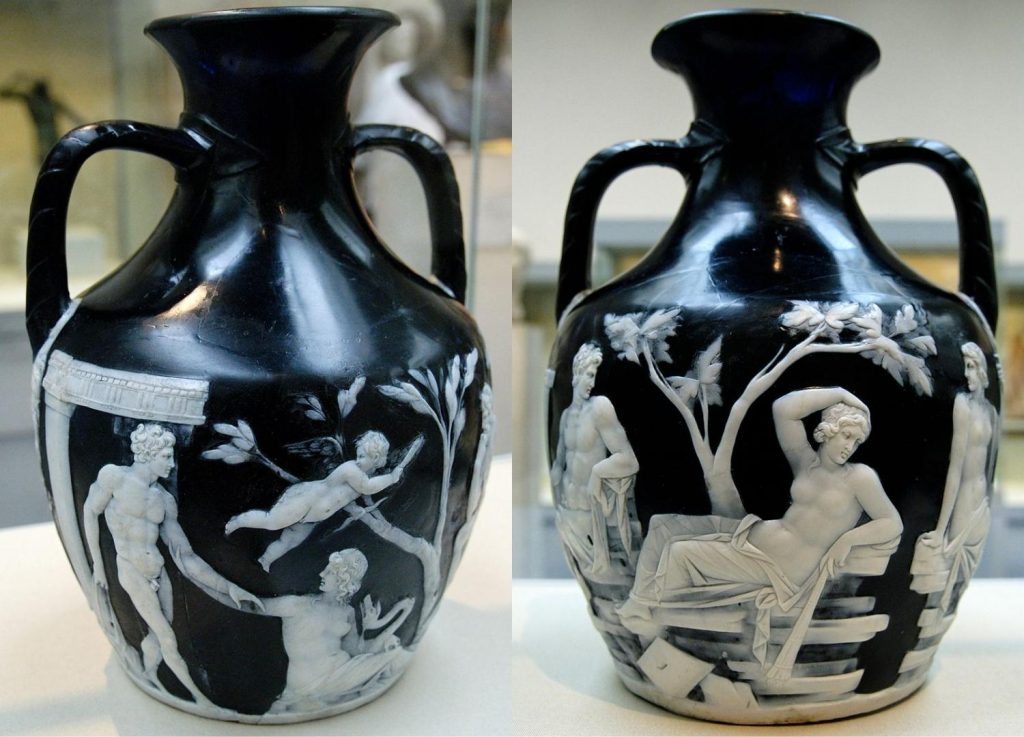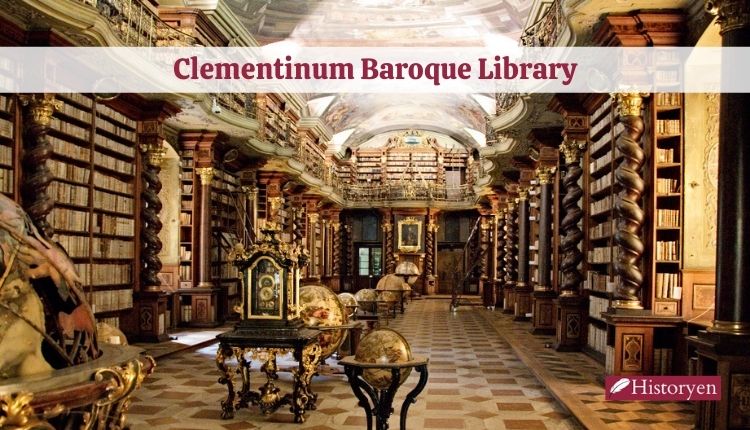The Portland Vase, a Roman cameo glass masterpiece, is a true testament to ancient artistry and craftsmanship. This enigmatic artifact, believed to date back to the early years of the Common Era, has captured the imagination of scholars, artists, and historians for centuries. In this article, we embark on a journey to unravel the secrets of this extraordinary relic, exploring its history, iconography, manufacturing techniques, and the intriguing debate surrounding its origin.
The Portland Vase created between AD 1 and AD 25
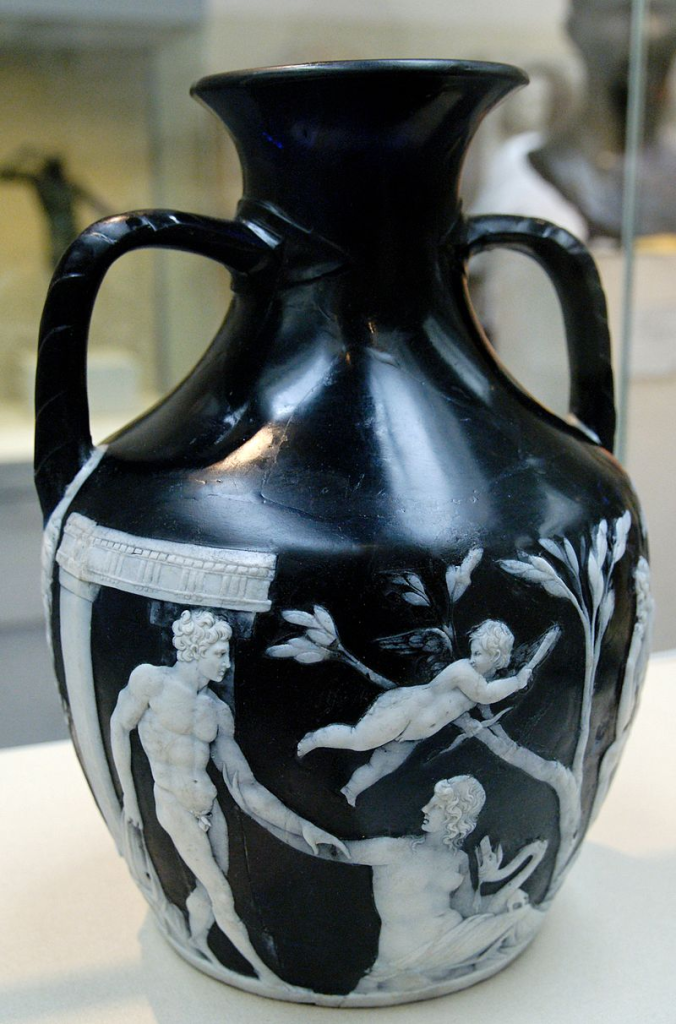
The Portland Vase, a mesmerizing Roman glass vase, is believed to have been created between AD 1 and AD 25, although some experts suggest it may have even earlier origins. This exquisite piece of art has served as a profound source of inspiration for glass and porcelain craftsmen since the 18th century.
The British Museum’s Treasure
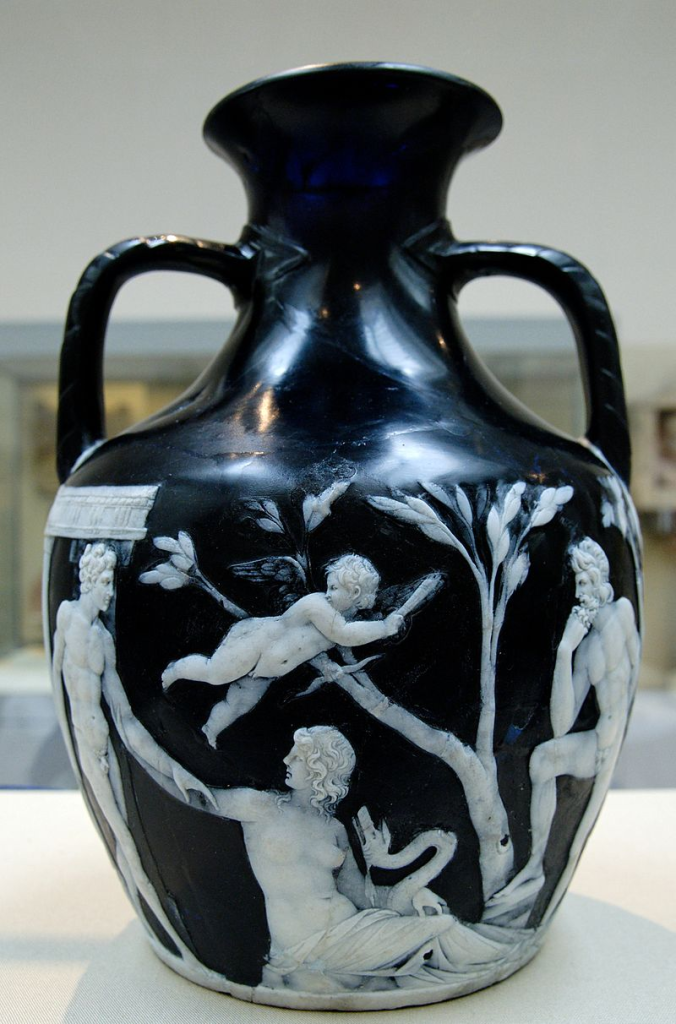
Since 1810, the Portland Vase has found its home in the illustrious British Museum in London. Acquired in 1945, it has become a prized possession of the museum, often displayed in Room 70 for visitors to admire.
A Work of Artistry and Precision of the Portlant Vase
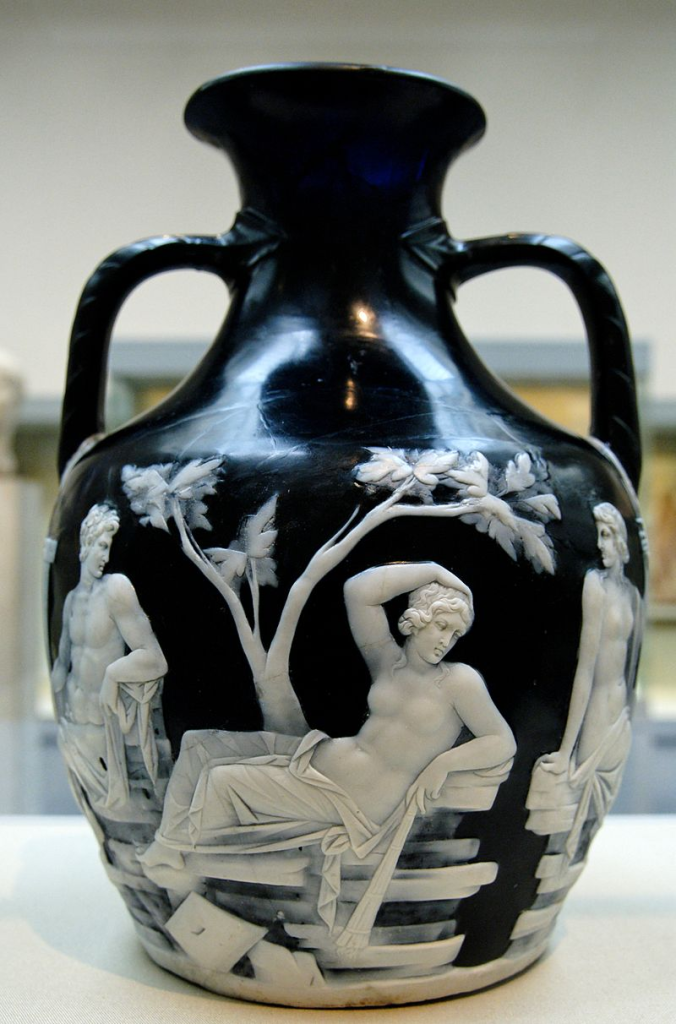
Standing at 25 centimeters in height and boasting an 18-centimeter diameter, the vase is a breathtaking example of craftsmanship. Its violet-blue glass is adorned with a single continuous white glass cameo, skillfully depicting two distinct scenes. These scenes feature seven human figures, a formidable snake, and two enigmatic bearded and horned heads positioned below the handles, marking the transition between the two scenes.
Decoding the Symbolism of the Portland Vase
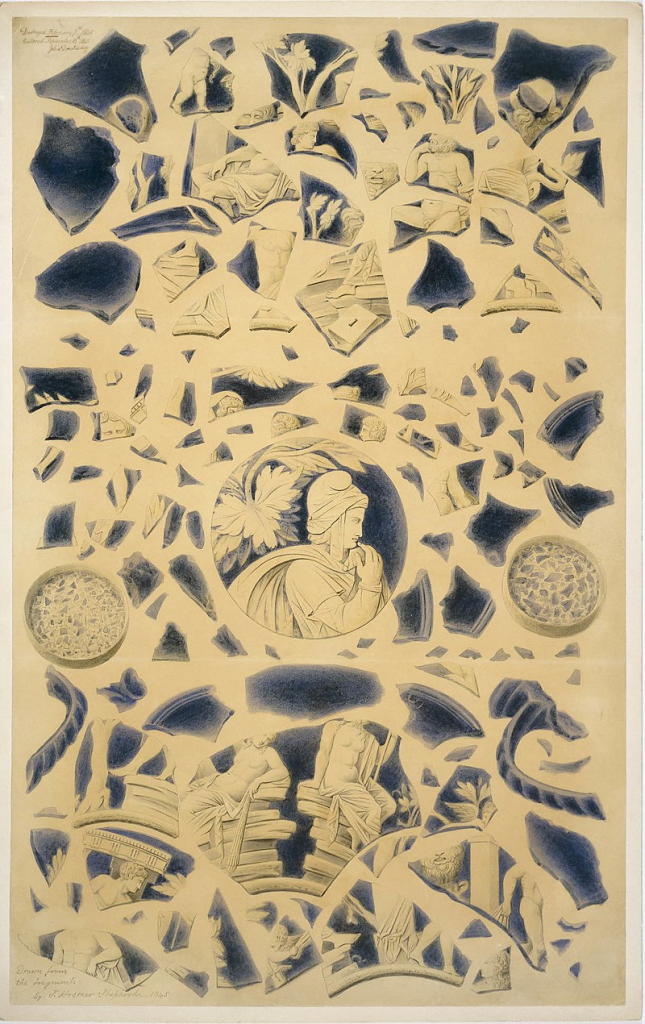
The true meaning of the imagery adorning the vase remains shrouded in mystery. Various theories have emerged, dividing interpretations into two main categories: mythological and historical. Some experts believe the vase may have connections to Augustus, his family, and rivals, considering its exceptional quality and style reminiscent of Imperial gemstone cameos. Others suggest a marine theme, influenced by the presence of a sea-snake, or even a wedding context, potentially indicating it as a matrimonial gift. Despite numerous hypotheses, scholars like Charles Towneley contend that these figures defy categorization within a single iconographic set.
Ancient Craftsmanship used in Portland Vase
Cameo glass vessels like the Portland Vase were likely created within just a couple of generations, during a period when glassblowing was still in its experimental phase, around 50 BC. Recent research suggests that the Portland Vase, like most of its kind, was produced using the dip-overlay method. This intricate technique involved partially dipping an elongated glass bubble into a crucible of white glass before fusing the two together. Once cooled, the white layer was meticulously cut away to form the intricate design.
The Labor of Love
Creating a 19th-century replica of the Portland Vase was a painstaking endeavor, offering insight into the immense effort required to craft the original masterpiece. It is believed that the creation of the original vase spanned two years, with cutting likely performed by a highly skilled gem-cutter, possibly Dioskourides. Engraved gems from the same era, thought to be the work of Dioskourides, further support this claim.
A Controversial Theory about the Portland Vase
Rosemarie Lierke introduced a provocative theory suggesting that the entire Roman cameo glass, including the Portland Vase, was molded rather than cold-cut. This theory proposes the use of white glass powder for creating the white layer. While this perspective has sparked debate, it offers an alternative viewpoint on the vase’s craftsmanship.
Unsettling Questions
Jerome Eisenberg challenged the conventional belief that the vase was a relic of antiquity. In his theory, he posited that it was produced in the 16th century AD due to the incoherent iconography. However, this theory remains a subject of controversy within the scholarly community, with many holding onto the traditional view of its ancient origins.
Rediscovery and Provenance of the Portland Vase
The story of the Portland Vase’s rediscovery is as intriguing as the vase itself. One account suggests that Fabrizio Lazzaro uncovered it in what was thought to be the sarcophagus of Emperor Alexander Severus and his mother at Monte del Grano near Rome, sometime around 1582. Its documented history begins with a letter in 1601 from French scholar Nicolas Claude Fabri de Peiresc to the renowned painter Peter Paul Rubens, which notes its presence in the collection of Cardinal Francesco Maria Del Monte in Italy. In 1626, it came into the possession of the Barberini family, including Pope Urban VIII, during which time it was known as the “Barberini Vase.”
Conclusion
The Portland Vase continues to mystify and captivate all who encounter it. Its rich history, intricate iconography, and the debate surrounding its origin make it an enduring symbol of ancient craftsmanship and artistry. As we delve deeper into its enigmatic past, the vase stands as a testament to the enduring power of art to inspire and intrigue.
